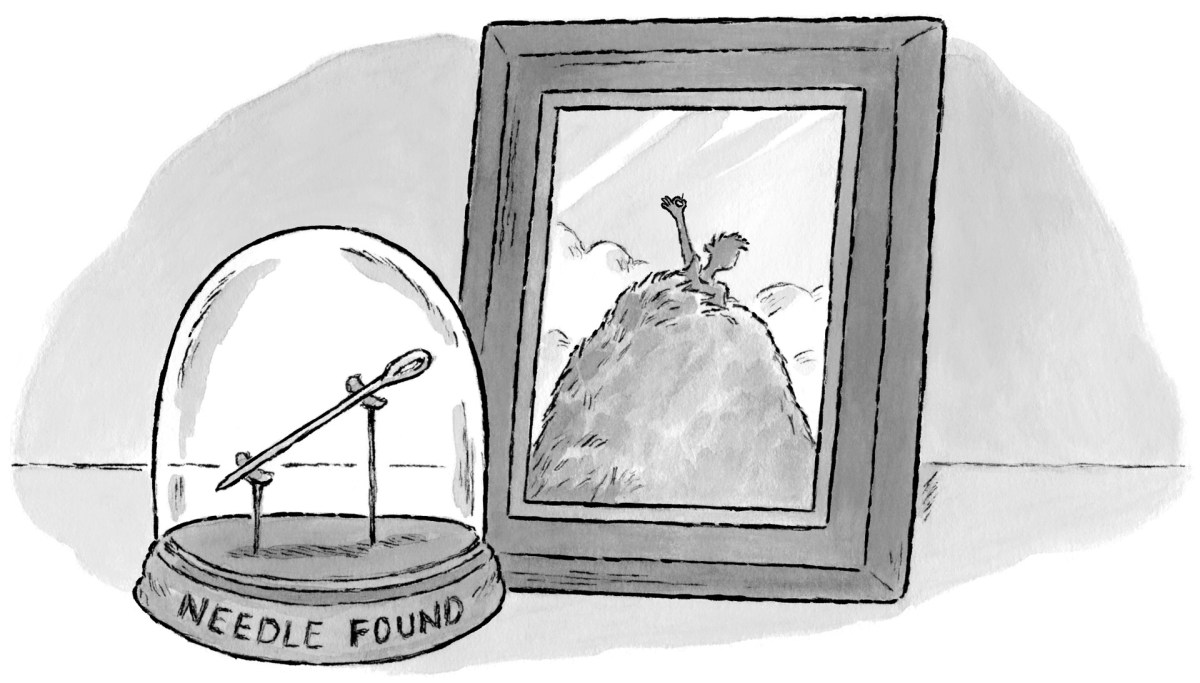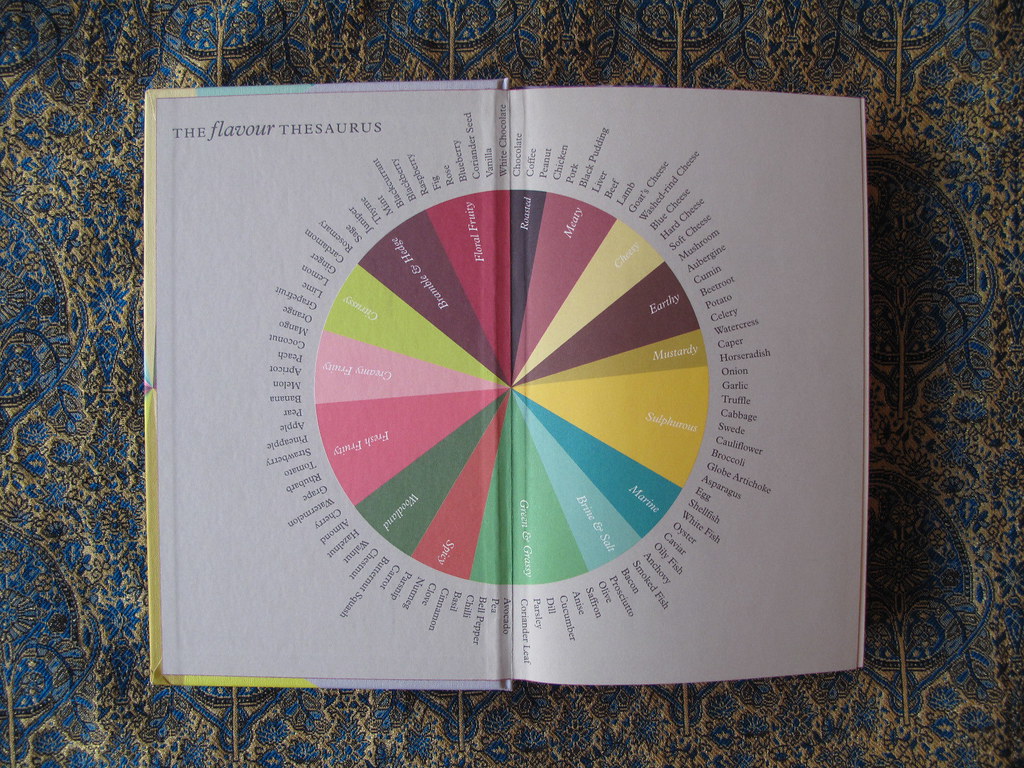Picture this. You’ve joined a squad at your company that’s designing new product features with an emphasis on automation or AI. Or your company has just implemented a personalization engine. Either way, you’re designing with data. Now what? When it comes to designing for personalization, there are many cautionary tales, no overnight successes, and few […]
What is ontology? An ontology is a formal system for modeling concepts and their relationships. Unlike relational database systems, which are essentially interconnected tables, ontologies put a premium on the relationships between concepts by storing the information in a graph database, or triplestore. (The following examples use data derived from PLOS, which makes all of […]
Using the customer intentions method to humanize our virtual worlds In the 2010 Sci-Fi film Inception a professional thief is offered a chance at erasing his criminal history if he implants one person’s ideas into the subconscious of another person. He aims to do this by crashing the second person’s dreams. He hires a graduate […]
Enterprises often have a simplistic understanding of navigational structures in UX Design. Companies shy away from messing with known organizational schemas for fear that their users or customers will become confused and run away. We don’t give our users enough credit. As a result, most software navigational structures either reflect hierarchical departmental company/brand organization (because […]



